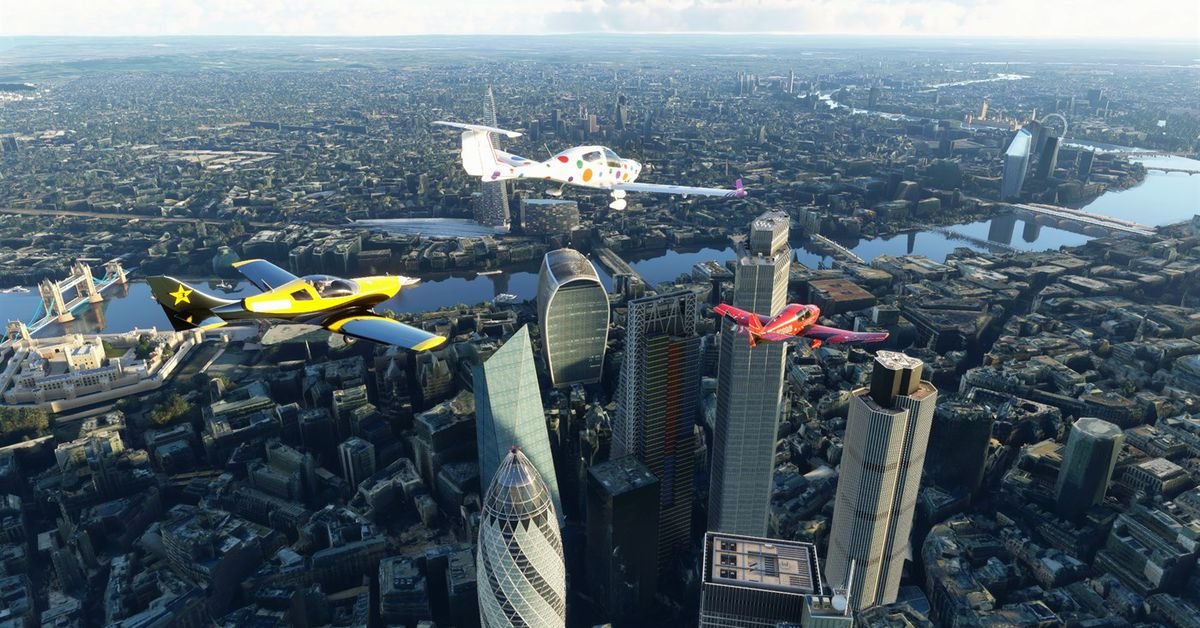As technology rapidly advances, the aviation industry is constantly seeking new ways to train pilots and improve safety measures. From virtual reality to AI-powered flight simulator on xbox one, the possibilities are endless.
Join us as we delve into the latest developments and discuss the potential impact on the future of flight training. By the end of this article, you’ll gain insights into the emerging trends and innovations in the world of flight simulations that will surely satisfy your appetite for tech updates.
Virtual Reality Integration
One of the most exciting developments in flight simulator on xbox one is the integration of virtual reality technology. As VR technology becomes more advanced and widely accessible, flight simulator developers are leveraging this to create more immersive and realistic experiences for users.
With VR headsets, users can truly feel as if they are flying a plane, with realistic visuals and sound effects that transport them to the cockpit.
This is especially valuable for novice pilots who need extensive training before taking off on their first solo flights. With VR integration, they can gain confidence in their abilities without any real danger or risk.
With continued investment into this technology, we can expect even more immersive experiences that push the boundaries of what’s possible within flight simulation.

Artificial Intelligence in Flight Simulators
The integration of artificial intelligence (AI) in flight simulators has opened up new possibilities for the future of aviation technology. AI can be used to simulate more realistic and dynamic scenarios, as well as offer personalised training experiences for pilots.
With AI, flight simulators can adapt to a user’s learning style and provide feedback that is tailored to their individual needs.
In addition, AI can also improve safety in flight simulations. By analyzing data from past flights, AI algorithms can identify potential safety risks and suggest improvements in pilot training or aircraft design. This could lead to safer and more efficient air travel in the future.
The integration of AI in flight simulators has both exciting possibilities and potential drawbacks that need to be carefully considered as we move toward the future of aviation technology.
Increasing Accessibility of Flight Simulators
The aviation industry has long relied on flight simulators to train pilots and maintain safety standards. However, the high cost of these simulators has traditionally limited their accessibility to large airlines and training institutions.
Luckily, recent technological advancements have made flight simulators more accessible than ever before. One key development is the rise of cloud-based simulation platforms.
These platforms allow users to access realistic flight simulations through a simple internet connection, eliminating the need for expensive hardware and software installations.
Another trend driving increased accessibility is the growing popularity of home flight simulator setups. While high-end home simulators have been available for decades, recent advancements in consumer technology have made it easier than ever for hobbyists to create their own immersive flight experiences.
From affordable virtual reality headsets to customizable joystick controllers, home simulators are becoming more realistic and affordable every year.
Conclusion
In conclusion, the future of flight simulators on Xbox one is exciting and full of potential. With the integration of virtual reality and artificial intelligence, along with increased accessibility, home flight simulators will become more realistic and immersive than ever before.
These advancements have the potential to not only benefit individual pilots but also have an impact on the aviation industry as a whole.
As we continue to push the boundaries of technology, we can expect to see even more incredible innovations in this field.




